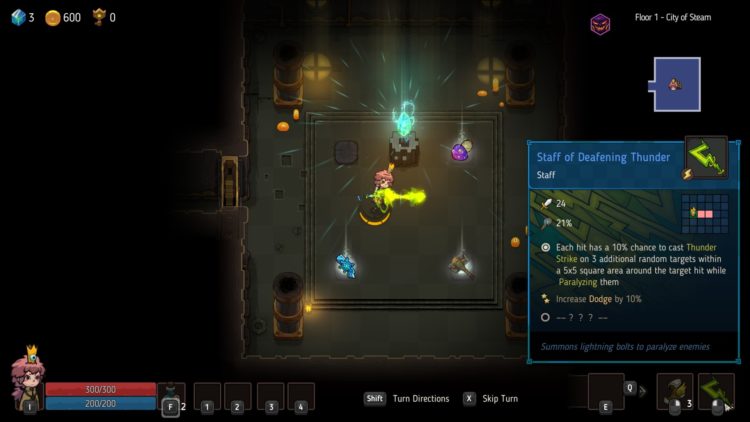
Players will have to master the elements and combine dozens of skills, while planning the best strategy, to overcome deadly enemies that stand still until their plan of attack is executed. Mastering dominion over elements will also be a key pillar to survival, and upon vanquishing the high-level familiars found lurking in the Nightmare Realm, players will steal their skills and wield them as their own in their journey to escape. Waking up in the Nightmare Realm as Elle and armed with only a magical, talking crown to guide them, players develop their own unique combat style, choosing between active and passive abilities, items, and relics to suit. It’s feasible that by exhibiting crown shyness the trees bolster their own growth by improving the health of the forest floor.Crown Trick is steeped in strategic, synchronous, turn-based gameplay where enemy decisions and actions are only revealed when players make their moves, and features hundreds of weapons, skills, and items on hand to customise and evolve the combat style as the quest progresses. A densely matted canopy would block out sunlight from the forest floor, limiting what could grow here. Shade could also be crucial in the role it plays not just on the trees’ tips but their trunks, too. Through this mechanism, it would stand to reason that gaps could appear in the canopy as when crowding occurs the trees' outermost branches will receive less light as the branches of other trees cast shade. This photoreceptor is able to detect red light which sunlight is abundant in, and research into many species has found that plants are capable of altering their growth as a means of shade avoidance.

Plants and trees contain proteins that are sensitive to light known as photoreceptors, and one of the most common is phytochrome. Image credit: Dag Peak - Flickr, CC BY 2.0, via Wikipedia Phytochromes and shade-avoidance The size of the gaps in crown shyness may depend on the species of trees. Investigations revealed that not only did the trees most likely to butt heads (indicated by their slim trunks and similar canopy heights) exhibit higher rates of crown shyness, but the research also found that when trees were held in place by ropes their crowns increased in size, interlocking with neighboring trees. This mechanism for crown shyness was supported in research led by Mark Rudnicki of Michigan Technological University who looked at the influence of wind-induced jostling among lodgepole pines in Canada. The wind is also a significant factor in this instance, as heightened weather conditions will increase the likelihood of trees touching tips as they sway. The constant abrasion of growth nodules and bud tissue would explain why the trees' ability to grow laterally is clipped, and it’s thought that a tree's sensitivity to this mechanism of growth control is dependent on the species.

Abrasion hypothesisĪs in Putz’s observation of the mangrove forest branches colliding tips, some believe that crown shyness is the end result of tree tips catching and snapping on those of their neighbors. There are several theories as to how crown shyness can emerge in the canopy, but two key theories center around abrasion and phytochromes.

“In a black mangrove ( Avicennia germinans) forest in Costa Rica, the width of crown shyness gaps was positively correlated with the distance pairs of trees or branches adjacent to the gap swayed in the wind.” Why does crown shyness happen? “The crowns of neighboring trees of a similar height to not interdigitate but rather are generally separated by spaces called “crown shyness” gaps,” reads the 1984 paper.


 0 kommentar(er)
0 kommentar(er)
